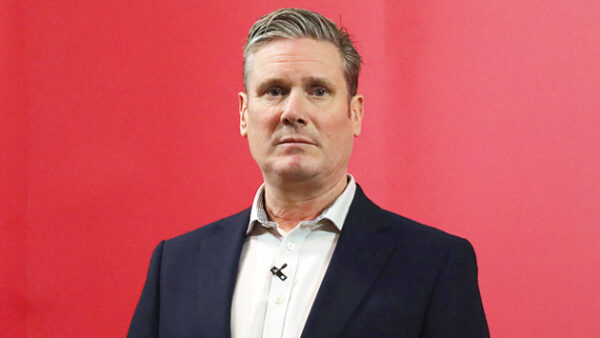Some 43% of Aecom’s UK and Ireland graduate intake is female – compared to the industry average of 26%. Roma Agrawal explains the firm’s recruitment strategy.

Roma Agrawal
When I joined the built environment sector 14 years ago, I would often be the only woman working at a construction site. I was frequently required to wear personal protective equipment (PPE) that was too big for me and basic tasks, like finding a woman’s toilet on site, were never simple.
Thankfully, the sector has improved hugely since then, but the number of women entering the sector remains low – even though the business benefits of greater diversity are clear. A diverse team – in terms of gender, age or background – can help us understand and empathise with the needs of the people who will benefit from the projects we deliver.
But encouraging more women to join our industry takes work. A few years ago, my employer Aecom recognised that it needed to think more creatively about how to attract and retain the best female talent.
Its graduate diversity programme has changed the way it promotes vacancies to help attract more female applicants. This includes rebranding graduate marketing materials by changing language, tone, colour and content based on research around how female applicants behave and what they look for.
The achievements of its female engineers are highlighted through online and print editorial in the graduate recruitment space and targeted social media campaigns. Recruitment campaigns always showcase an equal gender split of past graduates and the company strives to have female representatives at all graduate recruitment events. Drawing on new faces and voices helps engage audiences our sector often struggles to reach.
The company has reported incremental improvements in its graduate gender split every year since implementing its programme, but its efforts are now really starting to pay off. In 2018, 43% of Aecom’s UK and Ireland graduate intake is female.
This percentage is significantly higher than the industry average of 26% and a huge improvement on its gender split from five years ago, which was 25%. Crucially, the figures show a 12% increase in female graduates joining its transportation business, which has always been a more challenging sector in which to recruit women.
These figures are really exciting and I can’t wait to see the fresh thinking and creativity this mix of graduates will bring.
An ongoing programme, the company won’t stop until it is fully satisfied its workforce represents the communities it serves. The wider strategy includes initiatives to attract more female apprentices and work with schools to help encourage young people, and girls in particular, into technical professions.
One of the biggest challenges to recruiting more women into our sector is outdated stereotypes about jobs in construction, so dispelling these myths and exciting girls about fun and rewarding career opportunities from an early age is key.
Working towards a more diverse and inclusive workforce will speed up progress and lead to better outcomes for everyone in construction.
Roma Agrawal is associate director – buildings and places at Aecom
Comments
Comments are closed.











Can you please include Scotland
This development is welcome and shows the result a focussed effort can achieve – congratulations to Aecom. I hope this is a global initiative as it still looks pretty one sided down here in the southern hemisphere. I look forward to reading about what Aecom is doing to increase female representation at its senior management, executive and board levels (let’s not suggest ‘trickle up’ is a solution) – as increased representation only at graduate and ‘workforce’ level risks a glass ceiling, constraining genuine cultural diversity with business sustainability for the whole organisation.